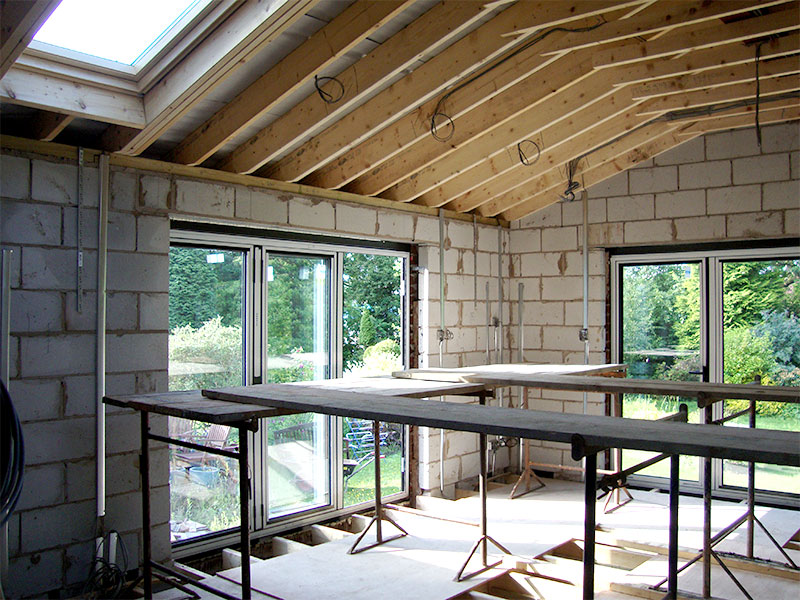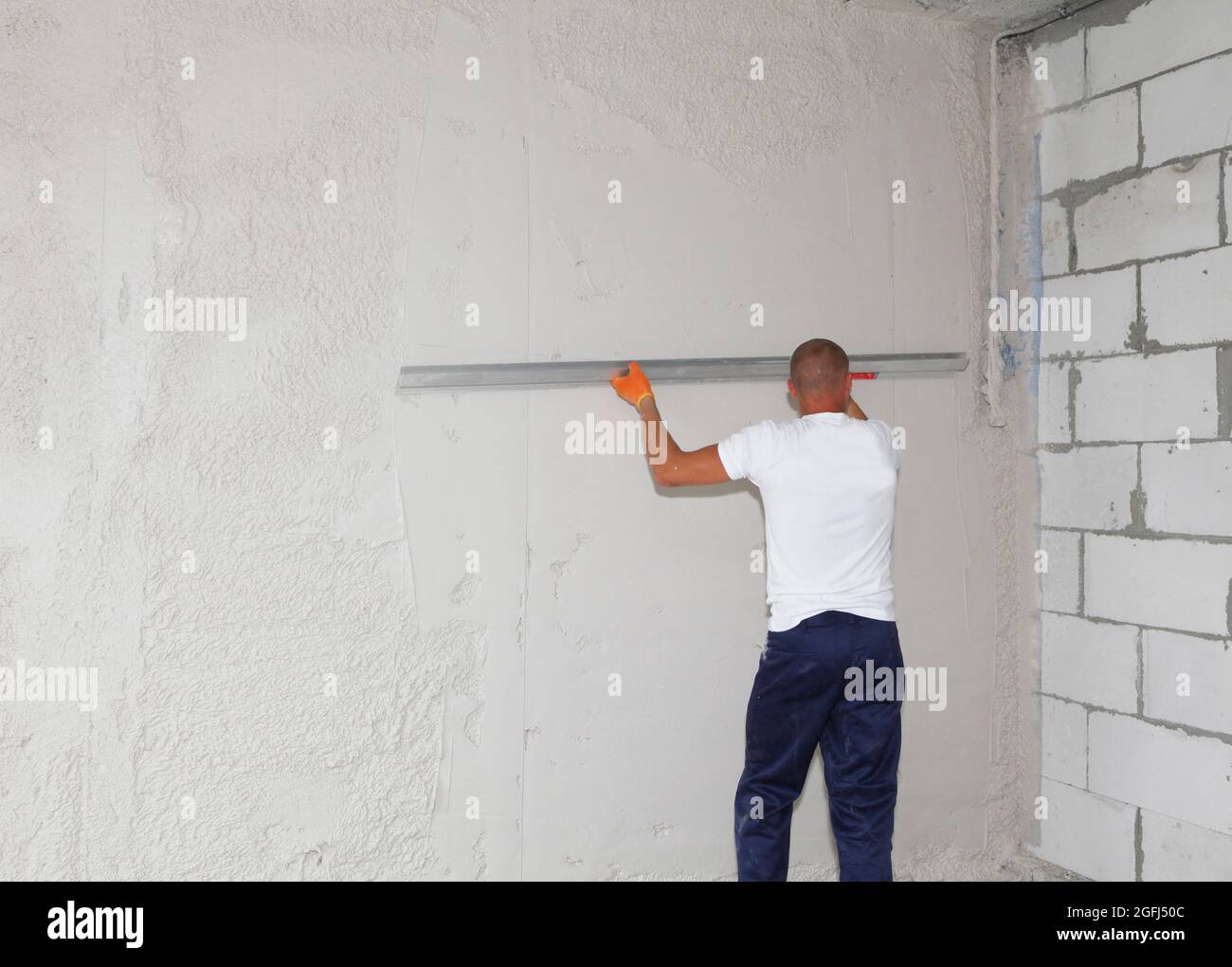

Ī couple of months after I finished the last one I ran into this, which would have come in pretty handy. One tool I found really handy besides the fishing tape was one of these. I was able to do both homes with almost no drywall/plaster repair. The house I'm in has hardwood upstairs but it has a knee wall and storage on each side so I was able to cut holes and push the wire between the joists. I was able to fish wire between the floor joists from light to light in some cases. I think I only had to cut about 4 long strips and a few smaller spots to drop wire down to the switches. In the rental the up stairs did not have hardwood floors so I pulled up strips of flooring over the downstairs lights and smaller sections over where the switches were located. One of the big challenges for me was the lights. I've replaced all the wire in two houses, the one I'm living in and a rental (I'm guessing there are electricians here who have done dozens or hundreds). You can drop it through a hole in the wall, even at switch height, and it can drill through the bottom or top plate into the basement or attic. I also recommend a 72" flexible shaft, auger/spade bit. You will need a good auger bit and a couple of decent drill extensions. You might need a 3/8-1/2" 90° drill also. You will need some kind of reinforcement behind the blue board where is meet the old plaster board/lath and of course drywall tape/mesh embedded in the first layer of mud.Ī lot of this has to do with the person doing the plaster work. Cut blue board to fit your large hole with cut out for electrical box. Remove the old box and but back the cloth covered Romex.

The point is, make it neat and reasonably square. It might be easier to make a large hole around the existing box (12"x12" ?) with a drywall saw or an oscillating multi-tool or a small router with a special "sideways" cutting bit. What say the experts? What are some of the details of good practices?Ĭlick to expand.Depending on who is doing the plaster repair. I am thinking of creating an attic to basement chase in a closet for electrical and other wiring. What would need to be used for new wiring? In fishing Romex, what happens with fastening? I suppose all the existing boxes need replacing with old work ones. Obviously all the receptacles need replacing, and all existing wiring is that old cloth covered stuff. House is 2 story with basement and slab on grade garage with powder room and back hall over crawlspace. In addition, I will need to serve metal working machines in the one car garage and woodworking in a future detached shop.Įxterior walls are wood frame with brick veneer and cellulose blown in insulation. I would like to see the rest of the house wiring brought up to date, with adequate lighting and power for modern uses. Garage shop will be another panel just like the main panel. OH service drop and service entrance cable and meter box will be upgraded.Įxisting sub-panel in the basement that serves dryer and stove will be eliminated as stove and dryer are gas, and new main will have needed capabilities for any future ovens or cook-tops. Main panel will be replaced with a 200A QO main breaker panel 30/40 I have been reading/watching tutorials about skim coats, but I'm not sure what kind of material to use.Main service is an inside 60A fused panel (I call it "Old Sparky"). I should have paid more attention when my dad tried to teach me theses sorts of things. I'm VERY new to any sort of home improvement stuff. I saw this section of paint peeling off the wall and I just couldn't resist the urge to peel it away, and then to my shock a chunk of the wall came off with the peeling paint. Okay, it didn't actually just crumble away on its own. The existing paint is a semi gloss, but there's tons of bumps and even some pretty big spots (like the size the bottom of a coffee cup) where parts of the wall have just crumbled away.

I live in a concrete masonry building (I think it was built in 1910), and the walls are made out of plaster. I want to paint my bathroom, but the walls are really gnarly and I'm trying to figure out a way to smooth them out before I paint.


 0 kommentar(er)
0 kommentar(er)
